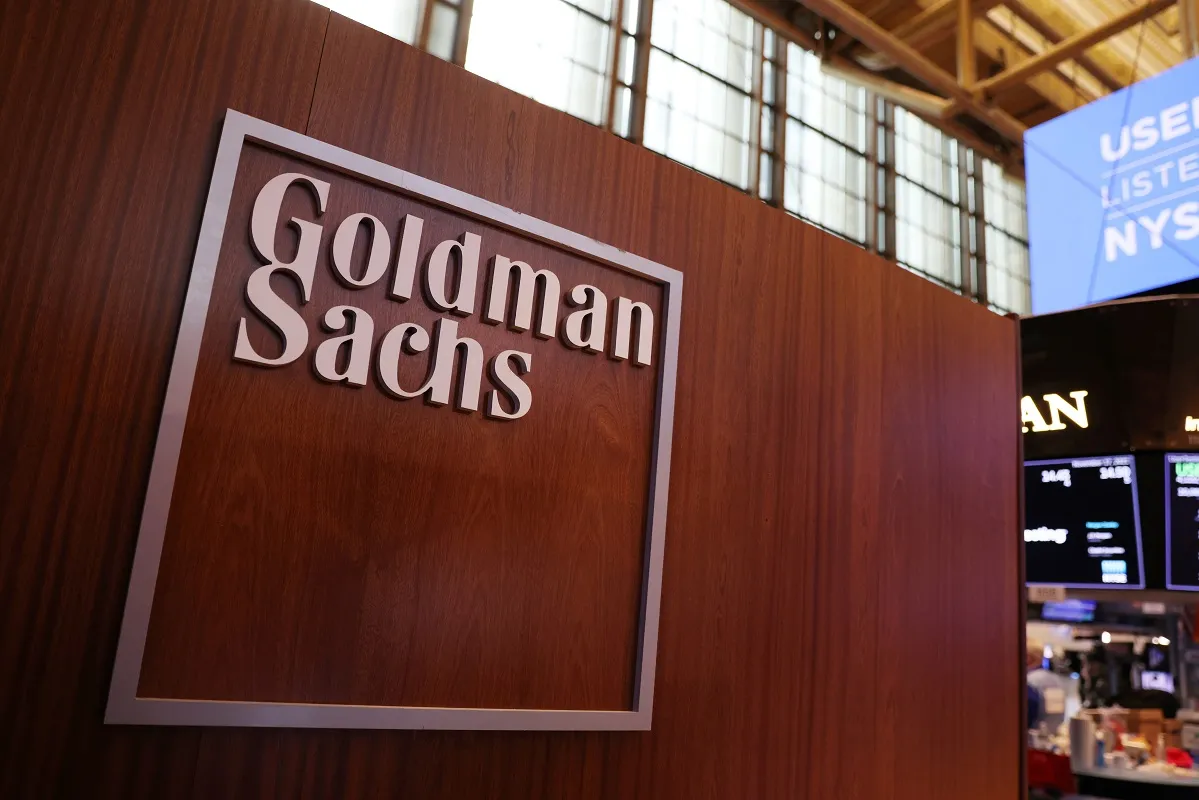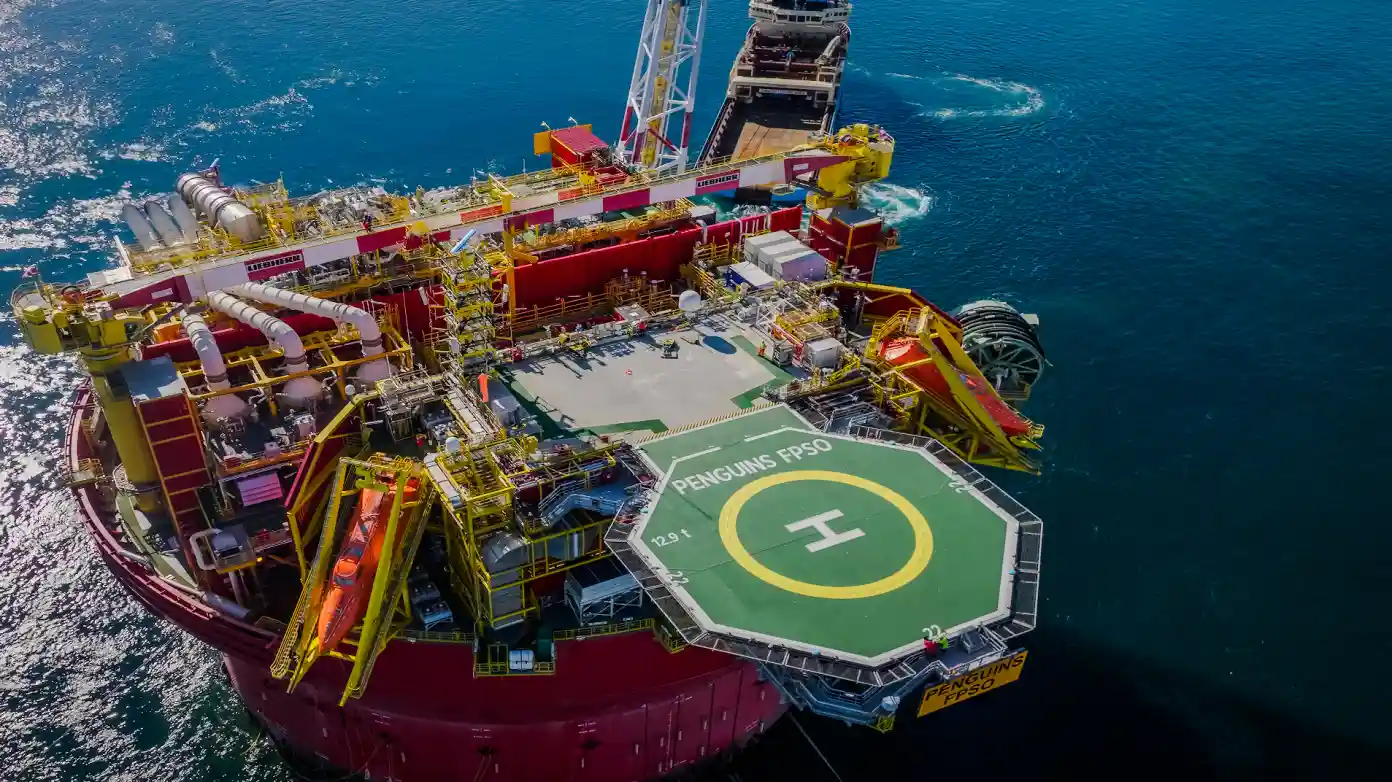In a landmark development for aviation sustainability, Airbus and Cathay Pacific have forged a groundbreaking co-investment partnership valued at up to US$70 million, specifically designed to accelerate the development and scale-up of sustainable aviation fuel (SAF) production capabilities. With a strategic emphasis on Asia’s rapidly expanding aviation sector, this collaboration represents one of the most significant commitments by an aircraft manufacturer and airline to jointly invest in upstream fuel infrastructure, marking a pivotal moment in the industry’s transition toward carbon-neutral aviation.
Build the future you deserve. Get started with our top-tier Online courses: ACCA, HESI A2, ATI TEAS 7, HESI EXIT, NCLEX-RN, NCLEX-PN, and Financial Literacy. Let Serrari Ed guide your path to success. Enroll today.
Strategic Partnership Unveiled at IATA World Sustainability Symposium
The announcement was made in Hong Kong during the IATA World Sustainability Symposium, underscoring the mounting urgency for comprehensive cross-industry collaboration to decarbonize air travel. The partnership was formalized at a ceremony attended by Cathay Chief Operations and Service Delivery Officer Alex McGowan and Airbus President for Asia-Pacific Anand Stanley, bringing together two industry giants with a shared vision for sustainable aviation.
This collaboration is particularly timely as the global aviation industry confronts increasing pressure to reduce its carbon footprint. According to the International Civil Aviation Organization (ICAO), sustainable aviation fuels demonstrate the greatest potential to reduce CO2 emissions from international aviation, yet currently account for less than 1% of total aviation fuel consumption worldwide. The Airbus-Cathay partnership aims to directly address this supply constraint by targeting projects that can overcome the early-stage financing and infrastructure barriers that have historically constrained SAF market development.
Investment Framework and Project Selection Criteria
Under the terms of this strategic partnership, both companies will collaborate extensively to identify, evaluate, and invest in SAF production projects that demonstrate strong commercial viability, mature technology readiness, and credible pathways for long-term offtake agreements. The joint fund is specifically designed to support ventures that can bridge the gap between technological innovation and commercial scalability, with investments targeting projects across Asia and potentially extending to other global markets where conditions favor sustainable fuel development.
The selection process will prioritize initiatives that showcase not only technical feasibility but also economic sustainability. Projects will be assessed based on multiple criteria including feedstock availability, production technology maturity, regulatory compliance, environmental impact assessments, and the potential for establishing reliable supply chains. This rigorous evaluation framework ensures that investments channel toward ventures with the highest probability of delivering tangible emissions reductions while achieving commercial success.
“SAF remains the most important lever for Cathay and the wider aviation industry to drive toward our decarbonization goals,” said Alex McGowan, emphasizing the centrality of sustainable fuels to the company’s environmental strategy. “This co-investment partnership with Airbus strengthens our commitment to building a scalable SAF industry and complements our broader strategy of investing in technologies and production capacity for the future.”
Addressing the SAF Supply Challenge
The partnership emerges against a backdrop of acute SAF scarcity. According to the International Air Transport Association (IATA), SAF production is expected to reach approximately 2 million tonnes in 2025, representing just 0.7% of aviation’s total fuel requirements. This stark disparity between supply and demand highlights the monumental challenge facing the industry as it works toward achieving net-zero carbon emissions by 2050, a target to which IATA member airlines committed in 2021.
The cost differential between SAF and conventional jet fuel remains a significant barrier to widespread adoption. Industry analyses indicate that SAF currently costs approximately five times more than regular jet fuel, driven by complex production processes, advanced technology requirements, and limited feedstock availability. The Airbus-Cathay investment aims to address these economic challenges by supporting projects that can achieve economies of scale and drive down production costs over time.
Both companies have emphasized that scaling SAF will require deep, system-wide coordination extending far beyond their bilateral partnership. Success depends on alignment among policymakers who establish regulatory frameworks, investors who provide capital, fuel producers who develop production capacity, and airlines that commit to long-term purchase agreements. The joint fund represents an attempt to catalyze this ecosystem by demonstrating manufacturer-airline collaboration on upstream investments.
Cathay Pacific’s Comprehensive Sustainability Portfolio
This latest investment complements Cathay Pacific’s existing sustainability initiatives, which demonstrate the airline’s multi-pronged approach to decarbonization. In September 2025, Cathay joined as a launch investor in the oneworld BEV SAF Fund, a collaborative initiative with other oneworld alliance airlines and Breakthrough Energy Ventures, the climate investment firm founded by Bill Gates. That fund, which opened with $150 million in commitments, focuses specifically on novel, next-generation SAF technologies with breakthrough potential to scale significantly and reduce costs over the long term.
The distinction between these two investment vehicles is strategic and complementary. While the oneworld BEV Fund targets emerging technologies with transformative potential but longer development timelines, the Cathay-Airbus partnership announced today will concentrate on more mature SAF opportunities to accelerate near- to medium-term availability. This dual-track investment strategy allows Cathay to support both immediate production expansion and future technological breakthroughs, hedging against uncertainties while maintaining momentum toward decarbonization goals.
Cathay has also established agreements with multiple fuel producers to expand SAF availability at major operational hubs. These commercial arrangements provide the airline with access to available SAF supplies while supporting the business case for producers to expand capacity. By committing to purchase agreements, Cathay helps de-risk investments in new production facilities, demonstrating the critical role that airline offtake commitments play in catalyzing SAF market development.
Airbus’s Expanding Role in SAF Ecosystem Development
For Airbus, the partnership with Cathay represents a continuation and expansion of its strategic engagement across the SAF value chain. The aircraft manufacturer has made substantial commitments to ensure all of its aircraft are capable of operating with up to 100% SAF by 2030, a technical milestone that requires extensive testing, certification, and potential modifications to aircraft systems. This technical capability is essential for enabling airlines to significantly increase their SAF utilization as supply becomes available.
Beyond technical development, Airbus has established partnerships with fuel suppliers, governments, and other airlines worldwide to accelerate SAF market uptake. These collaborations address different aspects of the SAF ecosystem, from production and distribution to regulatory frameworks and certification standards. The manufacturer’s direct involvement in financing production projects represents a deeper level of engagement, effectively extending its business model upstream into fuel supply chain development.
“The production and distribution of affordable SAF at scale requires an unprecedented cross-sectoral approach,” said Anand Stanley, Airbus President for Asia-Pacific. “Our partnership with Cathay is a tangible step toward catalyzing production in regions best positioned for growth and feedstock supply.”
This statement underscores a critical strategic insight: SAF production will ultimately concentrate in regions with optimal combinations of feedstock availability, production infrastructure, regulatory support, and market access. Asia-Pacific, with its abundant biomass resources and rapidly growing aviation market, represents one such region with significant potential for SAF industry development.
One decision can change your entire career. Take that step with our Online courses in ACCA, HESI A2, ATI TEAS 7, HESI EXIT, NCLEX-RN, NCLEX-PN, and Financial Literacy. Join Serrari Ed and start building your brighter future today.
Asia-Pacific’s Strategic Importance for SAF Development
The focus on Asia-Pacific reflects both opportunity and necessity. According to IATA projections, the Asia-Pacific aviation sector is poised to account for more than 40% of global passenger traffic by 2040, with passenger numbers projected to double by 2043. This explosive growth trajectory, driven by demographic expansion, rising middle-class incomes, and economic development in countries like China, India, Vietnam, and Indonesia, creates both tremendous environmental challenges and substantial market opportunities for SAF deployment.
The region possesses significant advantages for SAF production. Asia-Pacific countries have access to diverse feedstock sources including agricultural residues from rice and sugarcane production, used cooking oils from densely populated urban centers, and potential energy crops cultivated on marginal lands. These varied feedstock options provide flexibility and resilience in supply chains, reducing dependence on any single input source and enabling production facilities to optimize based on local resource availability and economic conditions.
However, the region currently faces significant challenges that the Airbus-Cathay partnership aims to help address. European regulations have established mandatory SAF blending requirements, with the ReFuelEU Aviation Regulation setting minimum supply mandates starting at 2% in 2025 and increasing to 70% by 2050. While these policies drive demand in Europe, Asian countries have generally moved more slowly in establishing comparable regulatory frameworks, creating uncertainty for potential investors in production capacity.
The partnership between Airbus and Cathay includes explicit commitments to joint policy advocacy, leveraging their combined experience and networks to influence governments across the region. Their objectives include promoting supportive regulatory frameworks that reduce cost disparities between SAF and conventional jet fuel, facilitating development of regional production hubs, and ensuring consistent certification standards that enable SAF to move freely across international markets.
Economic and Environmental Imperatives
The economic case for SAF investment extends beyond environmental compliance. While current SAF production costs remain substantially higher than conventional jet fuel, industry experts anticipate significant cost reductions as production scales. The U.S. Department of Energy’s analysis suggests that expanded feedstock utilization, improved production technologies, and larger facility scales could progressively narrow the price gap, potentially achieving cost parity with fossil-based jet fuel in certain scenarios over the coming decades.
Government incentives are playing an increasingly important role in bridging the current cost gap. In the United States, the Inflation Reduction Act provides substantial tax credits for SAF production, with values determined by the carbon intensity reduction achieved compared to conventional fuel. These policy mechanisms help de-risk investments and accelerate the transition to commercial-scale production. Similar incentive structures are being developed or considered in various countries, creating a patchwork of support that influences where production capacity will ultimately be deployed.
The environmental imperative driving these investments cannot be overstated. Aviation accounts for approximately 2-3% of global CO2 emissions, and while this may seem modest in absolute terms, the sector presents unique decarbonization challenges. Unlike ground transportation, which can increasingly electrify, long-haul aviation requires energy-dense liquid fuels for the foreseeable future. Hydrogen and electric propulsion may eventually serve short-haul routes, but SAF currently represents the only viable pathway to significantly reduce emissions from long-distance flights that dominate aviation’s environmental impact.
According to IATA estimates, SAF could contribute approximately 65% of the emissions reduction needed for aviation to achieve net-zero CO2 emissions by 2050. This projection underscores why manufacturers like Airbus and airlines like Cathay are making substantial investments despite current economic challenges and uncertain policy environments.
Regulatory Framework and Carbon Offsetting Mechanisms
The Airbus-Cathay partnership operates within an evolving regulatory landscape designed to accelerate aviation decarbonization. The Carbon Offsetting and Reduction Scheme for International Aviation (CORSIA), established by ICAO, represents the first global market-based scheme applying to an entire sector. Under CORSIA, airlines must purchase carbon credits to offset emissions growth above established baselines, with the scheme transitioning from voluntary participation to mandatory compliance across most international routes by 2027.
CORSIA’s baseline was recently adjusted to 85% of 2019 emissions levels for the 2024-2035 period, representing a significantly more ambitious target than originally planned. This adjustment, which the industry supported, increases pressure on airlines to reduce emissions through both operational improvements and alternative fuels. Currently, 129 countries participate in CORSIA as of 2025, representing the vast majority of international aviation activity.
SAF plays a unique role within the CORSIA framework. Airlines can use CORSIA-eligible fuels to reduce their offsetting requirements, providing direct economic incentives for SAF adoption beyond the environmental benefits. This mechanism creates demand signals that help justify investments in production capacity, though the magnitude of this incentive depends on carbon credit prices and the cost differential between SAF and conventional fuel.
Long-Term Partnership and Fleet Relationship
The Airbus-Cathay collaboration builds on a relationship spanning more than three decades. Cathay took delivery of its first Airbus aircraft in 1989, and the airline now operates a fleet of 86 Airbus jets with over 70 additional aircraft on order. This substantial fleet commitment creates natural alignment around SAF development, as Cathay’s future operations will depend heavily on Airbus aircraft, and Airbus has clear interests in ensuring its customers can access sustainable fuels to meet regulatory requirements and corporate commitments.
The deepening of their relationship into joint investment in fuel infrastructure reflects a broader industry trend. Traditional boundaries between aircraft manufacturers, airlines, and fuel suppliers are blurring as companies recognize that long-term decarbonization depends on collaborative approaches that address the entire value chain. Similar partnerships are emerging globally, with various combinations of airlines, manufacturers, airports, and energy companies joining forces to accelerate SAF development.
Technology Pathways and Production Methods
The SAF industry employs multiple production pathways, each with distinct advantages, challenges, and feedstock requirements. Hydroprocessed esters and fatty acids (HEFA) technology, which converts oils and fats into jet fuel, represents the most commercially mature pathway and accounts for the majority of current SAF production. However, HEFA faces feedstock constraints as global supplies of waste oils and fats are limited and face competing demands from other sectors.
Fischer-Tropsch synthesis can convert solid biomass or municipal solid waste into jet fuel, offering access to more abundant feedstock sources but requiring higher capital investment and more complex processing. Alcohol-to-jet pathways can utilize ethanol or other alcohols derived from various sources, providing another route to diversify feedstock options. Power-to-liquid technologies, which synthesize fuel from captured CO2 and renewable electricity, represent emerging approaches with tremendous potential but currently face significant cost and scale challenges.
The Airbus-Cathay investment will likely support projects across multiple pathways, reflecting the need for a diverse and resilient SAF supply chain. Different regions have varying feedstock advantages, and no single production technology will dominate globally. The partnership’s emphasis on commercial viability and technology maturity suggests a focus on pathways approaching or achieving commercial scale rather than early-stage research, though the precise project selection will depend on opportunities that emerge through their evaluation process.
Industry-Wide Implications and Future Outlook
For global aviation leaders and investors, the Airbus-Cathay partnership illustrates a fundamental shift in industry dynamics. Airlines and original equipment manufacturers (OEMs) are increasingly co-investing in upstream fuel infrastructure, recognizing that long-term decarbonization depends on securing scalable, cost-competitive SAF supply. This represents a departure from traditional industry structures where airlines purchased fuel from suppliers without involvement in production decisions or investments.
This trend toward vertical integration or strategic partnerships along the value chain is likely to accelerate as regulatory pressures intensify and airlines compete to secure reliable SAF supplies. First-mover advantages may accrue to companies that establish strong relationships with producers and secure favorable long-term offtake agreements, particularly as SAF supply growth lags behind regulatory mandates in many jurisdictions.
As governments worldwide prepare to enforce stricter carbon-reduction targets under ICAO’s CORSIA framework and national net-zero policies, collaborations like the Airbus-Cathay partnership will play critical roles in bridging the gap between technological readiness and commercial deployment. The success or failure of these investments will significantly influence whether aviation can meet its ambitious climate commitments while continuing to provide essential connectivity that supports global economic growth and social development.
The $70 million investment, while substantial, represents just one piece of a much larger puzzle. Industry analyses suggest that achieving meaningful SAF penetration will require hundreds of billions of dollars in investment across production facilities, distribution infrastructure, and feedstock supply chains over the coming decades. The Airbus-Cathay partnership serves as both a practical investment vehicle and a demonstration of the collaborative approaches that will be necessary to mobilize capital at the required scale.
Conclusion: A Decisive Step Toward Sustainable Aviation
The announcement of the Airbus-Cathay Pacific $70 million co-investment partnership marks a decisive step in reshaping the global aviation fuel landscape. By committing substantial resources to accelerate SAF production, particularly in the strategically important Asia-Pacific region, these industry leaders are not merely responding to regulatory pressures but actively shaping the infrastructure and markets that will define aviation’s sustainable future.
The partnership’s success will depend on numerous factors beyond the companies’ direct control, including government policy decisions, technological breakthroughs, feedstock availability, and broader economic conditions. However, by taking concrete action to invest in production capacity, advocate for supportive policies, and demonstrate the viability of manufacturer-airline collaboration on fuel infrastructure, Airbus and Cathay are helping to de-risk the SAF industry and create pathways for others to follow.
As the aviation industry confronts the dual imperatives of continued growth and radical emissions reduction, initiatives like this partnership provide tangible evidence that stakeholders recognize the magnitude of the challenge and are willing to commit resources toward solutions. Whether this $70 million investment proves catalytic in accelerating Asia-Pacific’s SAF industry development remains to be seen, but it undeniably represents a significant commitment from two major players whose long-term success depends on achieving sustainable aviation at scale.
Ready to take your career to the next level? Join our Online courses: ACCA, HESI A2, ATI TEAS 7 , HESI EXIT , NCLEX – RN and NCLEX – PN, Financial Literacy!🌟 Dive into a world of opportunities and empower yourself for success. Explore more at Serrari Ed and start your exciting journey today! ✨
Track GDP, Inflation and Central Bank rates for top African markets with Serrari’s comparator tool.
See today’s Treasury bonds and Money market funds movement across financial service providers in Kenya, using Serrari’s comparator tools.
photo source: Google
By: Montel Kamau
Serrari Financial Analyst
23rd October, 2025
Article, Financial and News Disclaimer
The Value of a Financial Advisor
While this article offers valuable insights, it is essential to recognize that personal finance can be highly complex and unique to each individual. A financial advisor provides professional expertise and personalized guidance to help you make well-informed decisions tailored to your specific circumstances and goals.
Beyond offering knowledge, a financial advisor serves as a trusted partner to help you stay disciplined, avoid common pitfalls, and remain focused on your long-term objectives. Their perspective and experience can complement your own efforts, enhancing your financial well-being and ensuring a more confident approach to managing your finances.
Disclaimer: This article is for informational purposes only and does not constitute financial advice. Readers are encouraged to consult a licensed financial advisor to obtain guidance specific to their financial situation.
Article and News Disclaimer
The information provided on www.serrarigroup.com is for general informational purposes only. While we strive to keep the information up to date and accurate, we make no representations or warranties of any kind, express or implied, about the completeness, accuracy, reliability, suitability, or availability with respect to the website or the information, products, services, or related graphics contained on the website for any purpose. Any reliance you place on such information is therefore strictly at your own risk.
www.serrarigroup.com is not responsible for any errors or omissions, or for the results obtained from the use of this information. All information on the website is provided on an as-is basis, with no guarantee of completeness, accuracy, timeliness, or of the results obtained from the use of this information, and without warranty of any kind, express or implied, including but not limited to warranties of performance, merchantability, and fitness for a particular purpose.
In no event will www.serrarigroup.com be liable to you or anyone else for any decision made or action taken in reliance on the information provided on the website or for any consequential, special, or similar damages, even if advised of the possibility of such damages.
The articles, news, and information presented on www.serrarigroup.com reflect the opinions of the respective authors and contributors and do not necessarily represent the views of the website or its management. Any views or opinions expressed are solely those of the individual authors and do not represent the website's views or opinions as a whole.
The content on www.serrarigroup.com may include links to external websites, which are provided for convenience and informational purposes only. We have no control over the nature, content, and availability of those sites. The inclusion of any links does not necessarily imply a recommendation or endorsement of the views expressed within them.
Every effort is made to keep the website up and running smoothly. However, www.serrarigroup.com takes no responsibility for, and will not be liable for, the website being temporarily unavailable due to technical issues beyond our control.
Please note that laws, regulations, and information can change rapidly, and we advise you to conduct further research and seek professional advice when necessary.
By using www.serrarigroup.com, you agree to this disclaimer and its terms. If you do not agree with this disclaimer, please do not use the website.
www.serrarigroup.com, reserves the right to update, modify, or remove any part of this disclaimer without prior notice. It is your responsibility to review this disclaimer periodically for changes.
Serrari Group 2025












